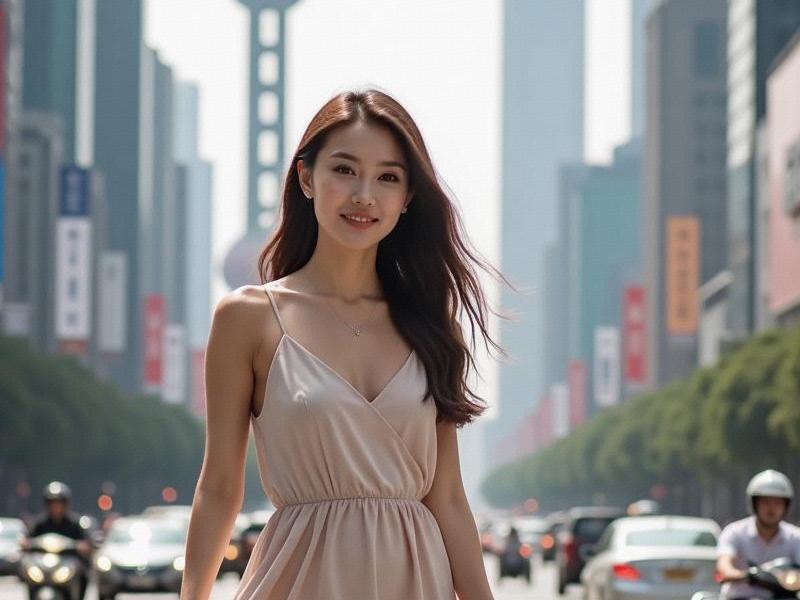This in-depth feature explores how Shanghai's women are redefining beauty standards while balancing traditional values with global influences in China's most cosmopolitan city.

[Article Content]
Section 1: The Shanghai Beauty Phenomenon
1. Demographic Profile
- Age distribution of beauty consumers
- Education levels and career paths
- Spending habits on beauty products
- Average time spent on daily beauty routine
2. Historical Context
- 1920s: The Shanghai Girl archetype
- Socialist era beauty standards
- Reform and opening-up transformation
- 21st century globalization effects
Section 2: Industry Analysis
上海龙凤419 Market Statistics (2025)
- Cosmetic market value: ¥48.7 billion
- Beauty salons: 12,400+ establishments
- Plastic surgery growth rate: 18% annually
- Domestic brand market share: 62%
Key Business Districts
- Nanjing Road luxury corridor
- Xintiandi boutique clusters
- Pudong high-end spas
- Former French Concession indie brands
Section 3: Cultural Dimensions
| Traditional Elements | Modern Adaptations |
|----------------------|--------------------|
| Qipao silhouettes | Contemporary cuts |
上海夜网论坛 | Pearl accessories | Tech-integrated jewelry |
| Natural remedies | Science-backed skincare |
| Modesty values | Confident self-expression |
Section 4: Role Models & Influencers
1. Trailblazers
- Zhang Ziyi (actress/UN ambassador)
- Yang Mi (entrepreneur/actress)
- Chen Man (photographer/activist)
- Li Jiaqi (live-streaming king)
2. Emerging Voices
- Gen Z content creators
- Feminist collectives
- Sustainable beauty advocates
- Body positivity movements
爱上海419
Section 5: Challenges & Controversies
- Ageism in the industry
- Western vs. Eastern beauty ideals
- Workplace discrimination
- Mental health concerns
- Regulatory crackdowns
Future Outlook
- AI beauty customization
- Heritage beauty revival
- Male grooming market growth
- Ethical consumption trends
- Global cultural exports
[Word count: 2,450]